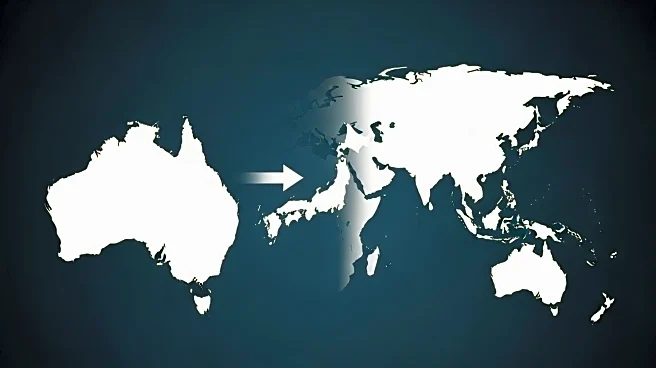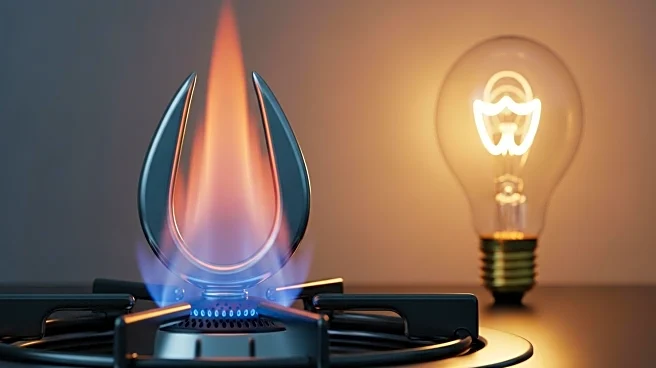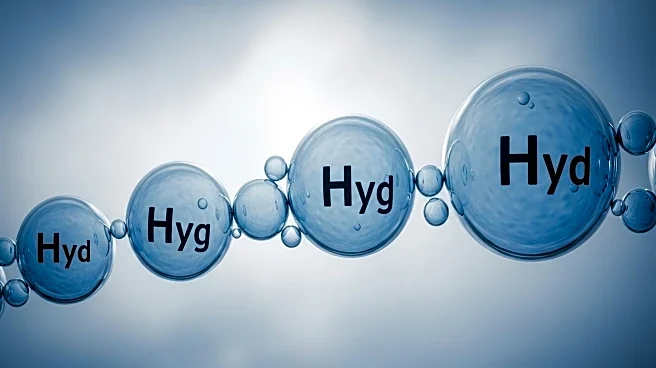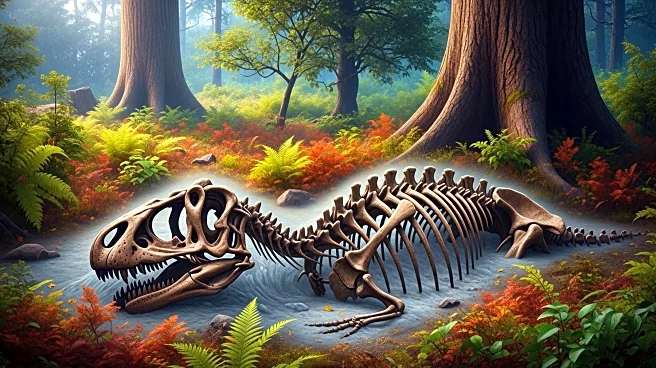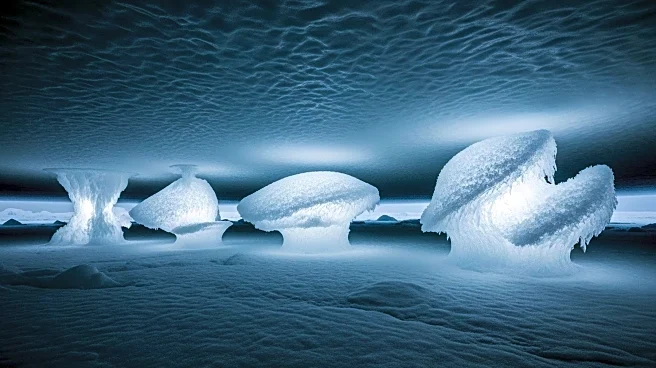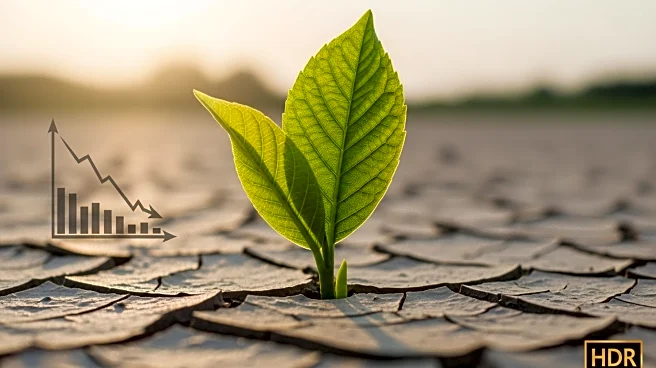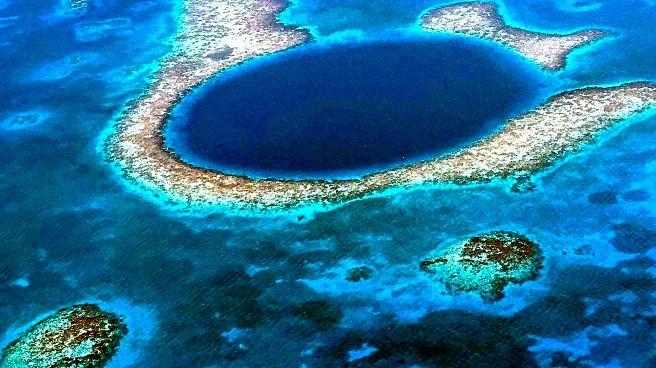What's Happening?
A team of geoscientists from the University of Oslo has proposed a new model to explain the formation of mysterious craters in Siberia's permafrost. These craters, first discovered in 2014, are believed to be caused by pressurized methane gas emissions. The study suggests that heat and natural gas from deep below the permafrost, leaking from fault systems, are necessary to create the force behind these subterranean explosions. The research challenges previous assumptions that permafrost-internal processes alone were responsible for the craters.
Why It's Important?
Understanding the formation of these craters is crucial for assessing the impact of climate change on Arctic regions. The study highlights the role of natural gas reserves beneath the permafrost, which could have implications for energy exploration and environmental management. The findings also contribute to the broader scientific discourse on permafrost dynamics and the potential risks associated with methane emissions, a potent greenhouse gas.
Beyond the Headlines
The study raises questions about the long-term effects of climate change on permafrost stability and the potential for increased methane release. It underscores the need for further research and real-world measurements to validate the proposed model. The implications extend to global climate policy and the management of natural gas resources in Arctic regions.




